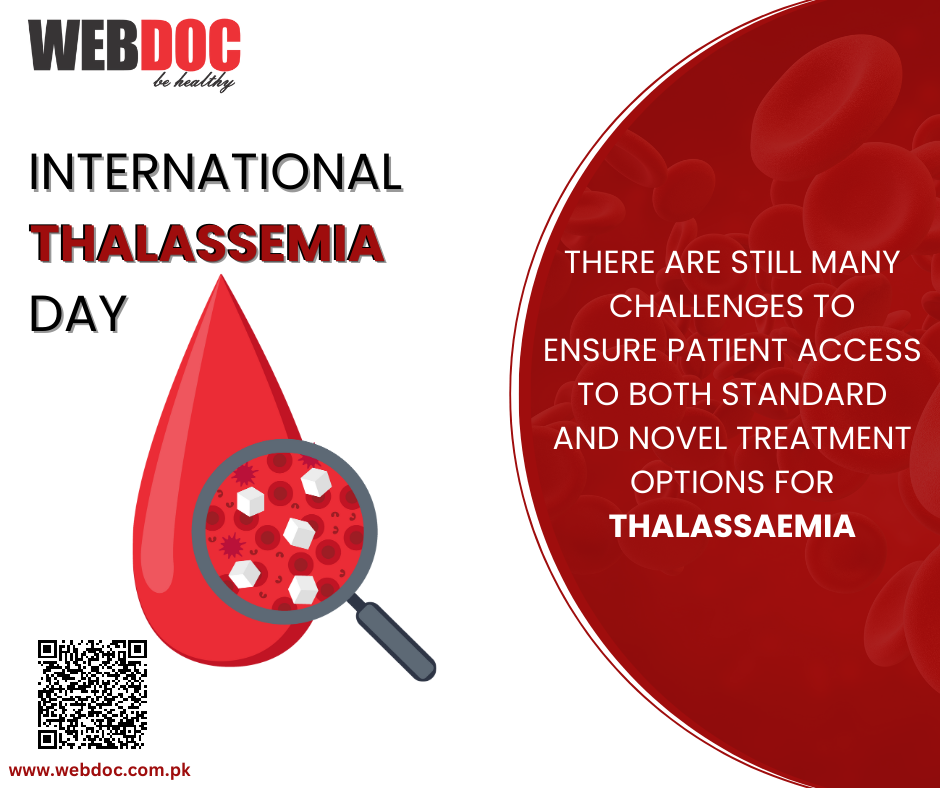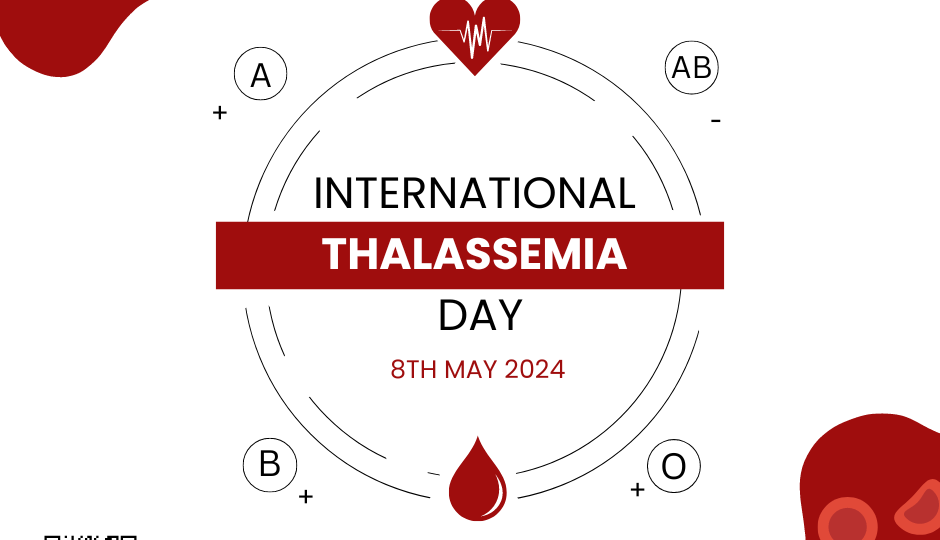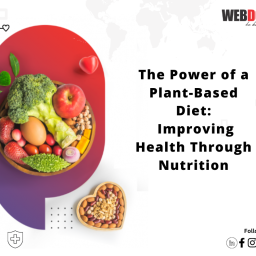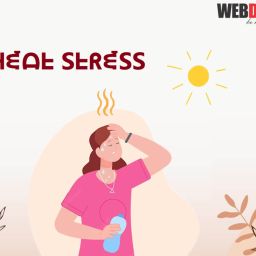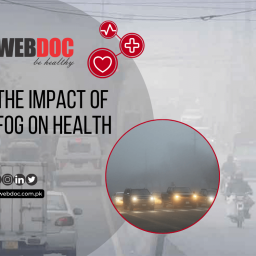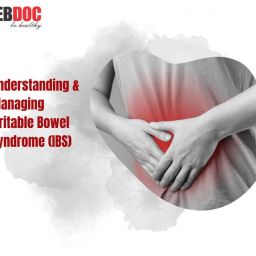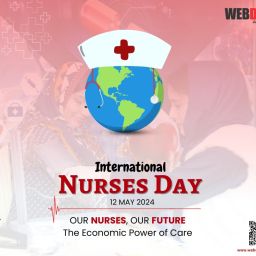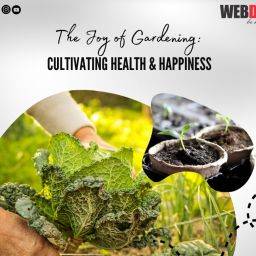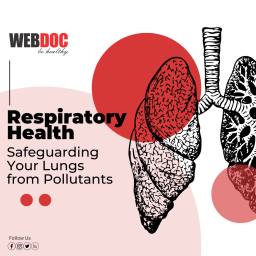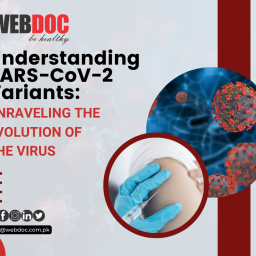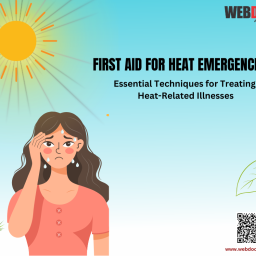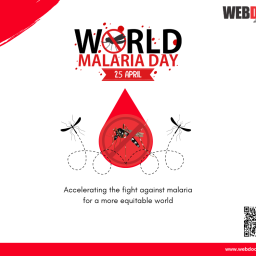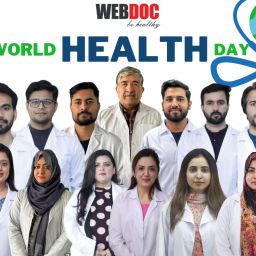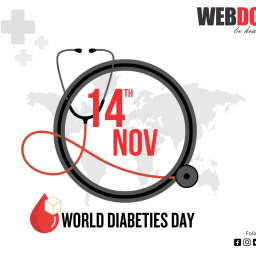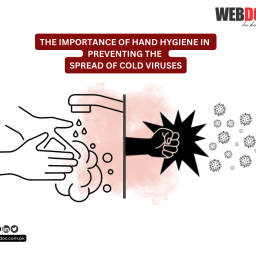Understanding, Awareness, and Support
Thalassemia, a hereditary blood disorder, affects millions of people worldwide. It’s a condition where the body produces an inadequate amount of hemoglobin, the protein in red blood cells that carries oxygen. As the world observes World Thalassemia Day on May 8th each year, it’s essential to raise awareness about this condition, its impact, and how individuals and communities can support those living with it.
Understanding Thalassemia
Thalassemia is inherited through genetic mutations that affect the production of hemoglobin. There are two main types: alpha thalassemia and beta thalassemia, depending on which part of the hemoglobin molecule is affected.
- Alpha Thalassemia: This occurs when there’s a problem with the alpha-globin chain production. Severity can vary, with some individuals being asymptomatic carriers and others experiencing severe anemia requiring regular blood transfusions.
- Beta Thalassemia: Beta thalassemia involves mutations in the beta-globin chain production. Like alpha thalassemia, it ranges in severity from mild to severe, with severe cases requiring lifelong transfusions and other medical interventions.
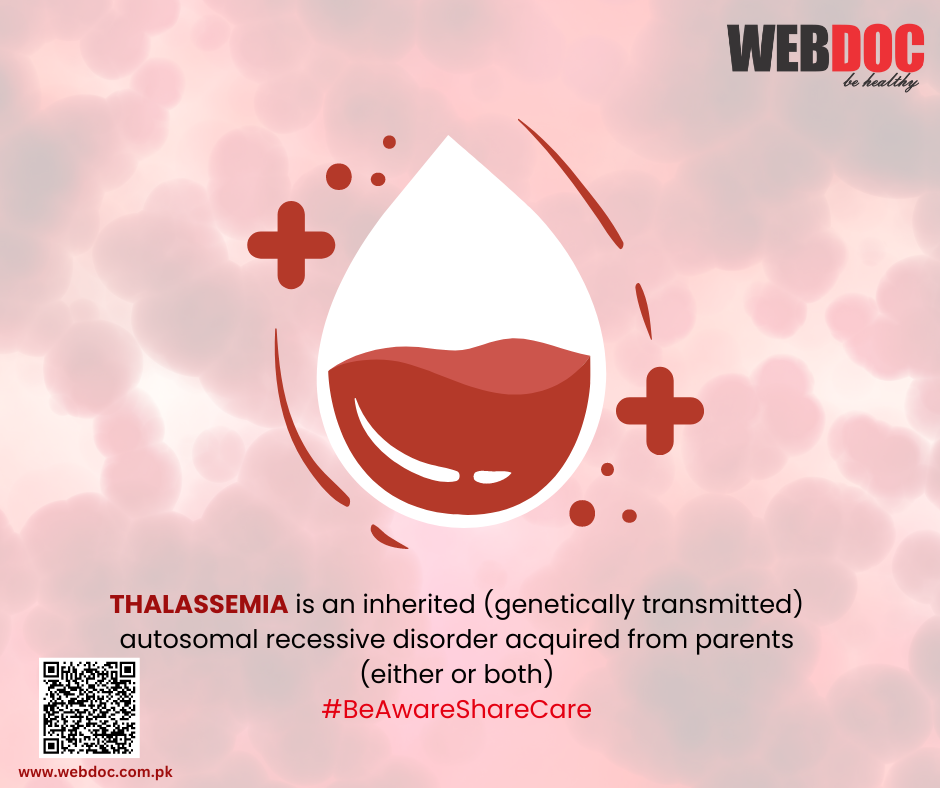
Impact of Thalassemia
Living with thalassemia can be challenging, both physically and emotionally, for individuals and their families. Some common challenges include:
- Chronic Fatigue: Due to the reduced oxygen-carrying capacity of the blood, individuals with thalassemia often experience fatigue and weakness, impacting their daily lives and activities.
- Organ Damage: Over time, untreated thalassemia can lead to organ damage, particularly in the heart and liver, due to the strain of increased red blood cell production or iron overload from frequent transfusions.
- Emotional Impact: Coping with a chronic illness can take a toll on mental health. Individuals with thalassemia may experience anxiety, depression, or feelings of isolation, especially if they face stigma or discrimination due to their condition.
- Financial Burden: Treatment for thalassemia, including regular blood transfusions, medication, and monitoring, can be costly. This financial burden can place significant strain on individuals and families, particularly in regions with limited access to healthcare resources.
Raising Awareness
World Thalassemia Day serves as a reminder to increase awareness and understanding of thalassemia among the general public, healthcare professionals, policymakers, and affected individuals and families. Some key objectives of raising awareness include:
- Education: Providing accurate information about thalassemia, including its causes, symptoms, available treatments, and preventive measures, can help dispel misconceptions and reduce stigma surrounding the condition.
- Screening Programs: Encouraging screening programs, particularly in regions with high prevalence rates of thalassemia, can help identify carriers and individuals with the condition early, allowing for timely intervention and management.
- Support Networks: Creating support networks for individuals and families affected by thalassemia can offer emotional support, practical assistance, and access to resources, helping them cope with the challenges of living with the condition.
- Advocacy: Advocating for policies and initiatives that improve access to healthcare services, including affordable treatment options and genetic counseling, can help ensure that individuals with thalassemia receive the care and support they need.
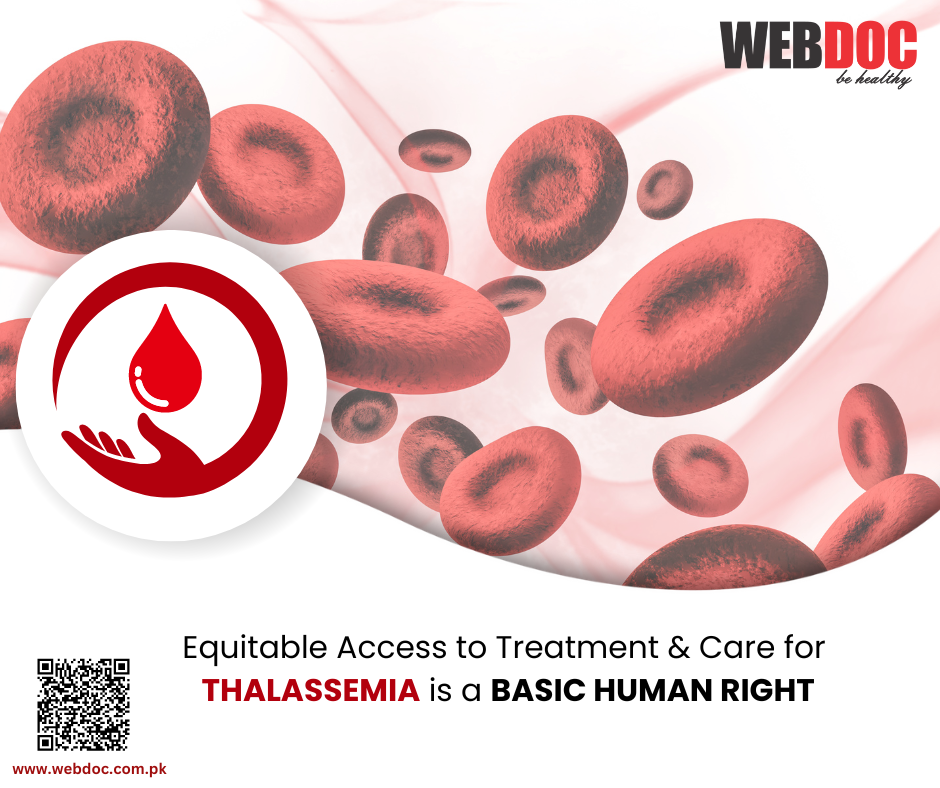
Prevention and Treatment
While there is currently no cure for thalassemia, advances in medical research and treatment have significantly improved outcomes for affected individuals. Some key prevention and treatment strategies include:
- Genetic Counseling: Genetic counseling can help individuals understand their risk of passing on thalassemia to their children and make informed decisions about family planning.
- Blood Transfusions: Regular blood transfusions are a cornerstone of treatment for individuals with severe thalassemia. Transfusions help replenish red blood cells and alleviate symptoms of anemia.
- Chelation Therapy: Long-term blood transfusions can lead to iron overload in the body, which can cause organ damage. Chelation therapy, which involves the administration of medications to remove excess iron, helps prevent complications associated with iron overload.
- Bone Marrow Transplantation: For eligible individuals, bone marrow transplantation offers a potential cure for thalassemia. This procedure involves replacing diseased bone marrow with healthy stem cells from a compatible donor.
- Gene Therapy: Emerging gene therapy approaches hold promise for treating thalassemia by addressing the underlying genetic mutations responsible for the condition. Clinical trials are underway to evaluate the safety and efficacy of these novel therapies.
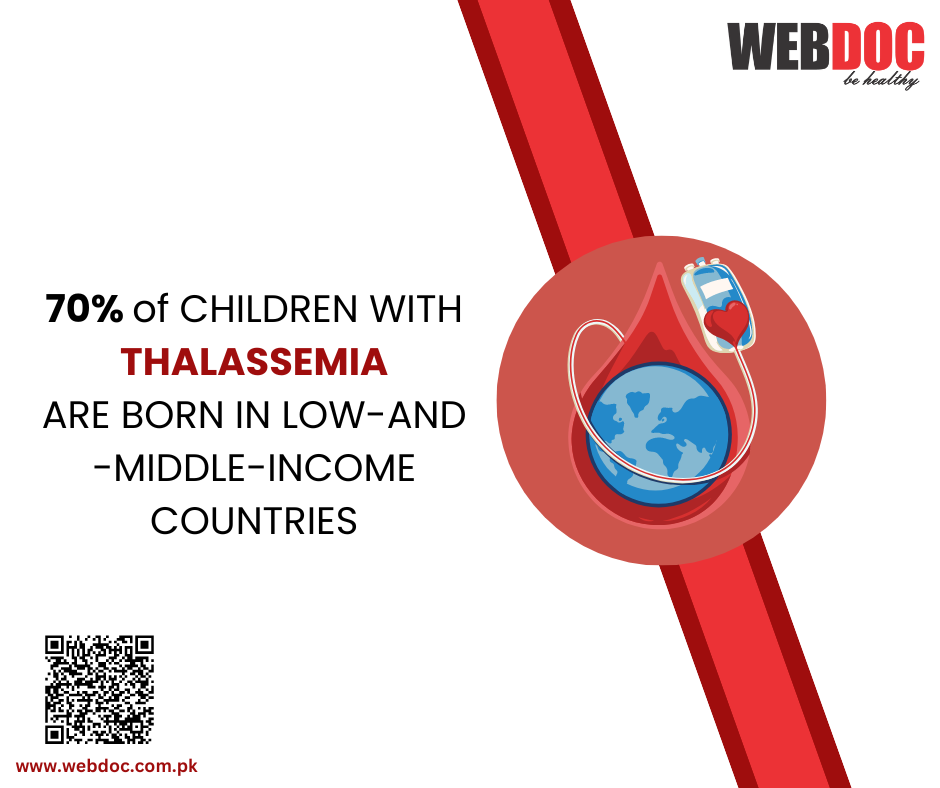
Supporting individuals with thalassemia requires a multidisciplinary approach involving healthcare professionals, families, communities, and policymakers. Some ways to support individuals with thalassemia include:
- Access to Healthcare: Ensuring access to affordable healthcare services, including screening, diagnosis, treatment, and supportive care, is essential for individuals with thalassemia to manage their condition effectively.
- Psychosocial Support: Providing psychosocial support services, such as counseling, support groups, and peer mentoring, can help individuals and families cope with the emotional and social challenges of living with thalassemia.
- Education and Employment Opportunities: Promoting inclusive education and employment opportunities for individuals with thalassemia can empower them to lead fulfilling lives and contribute to their communities.
- Advocacy and Awareness: Advocating for policies and initiatives that promote thalassemia awareness, research, and access to care can help address the needs of affected individuals and improve their quality of life.
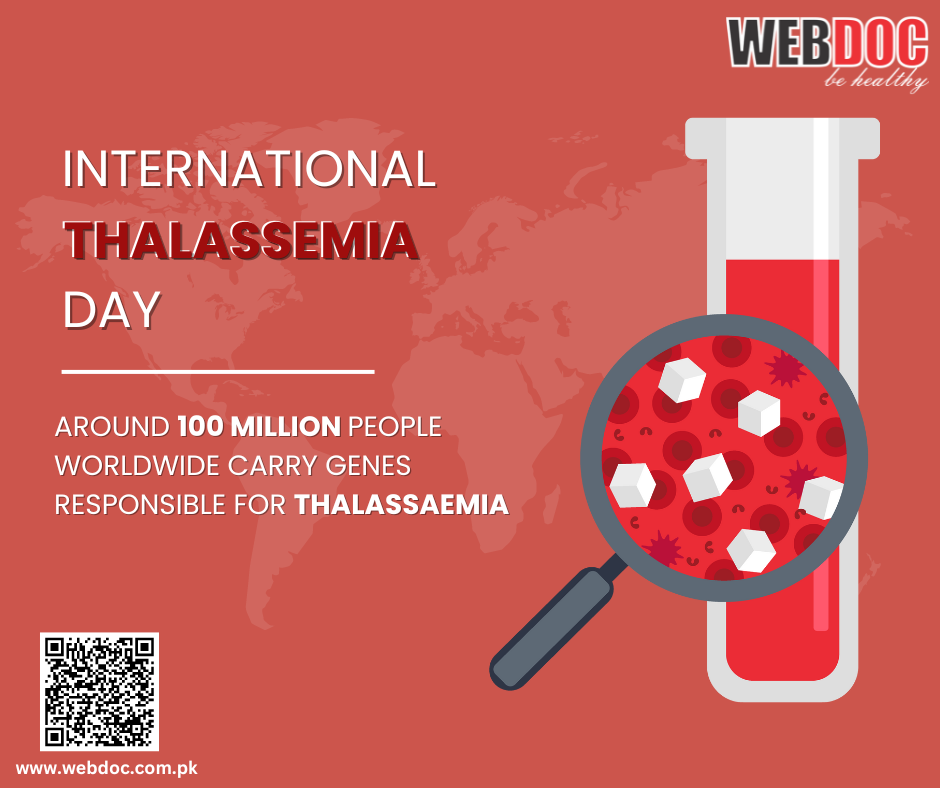
Diet for thalassemic patients
A balanced diet is essential for individuals with thalassemia to support overall health and manage symptoms. While there isn’t a specific “best” diet for thalassemia, certain dietary guidelines can help optimize nutritional intake and support the body’s needs. Here are some dietary recommendations for individuals with thalassemia:
- Iron-Rich Foods: While individuals with thalassemia may have iron overload from frequent blood transfusions, those who do not receive transfusions or have iron chelation therapy may need to consume iron-rich foods to prevent anemia. Good sources of iron include lean meats, poultry, fish, beans, lentils, tofu, fortified cereals, and dark leafy greens.
- Vitamin C-Rich Foods: Vitamin C enhances iron absorption, so including foods rich in vitamin C in meals can help improve iron utilization. Citrus fruits, strawberries, kiwi, bell peppers, tomatoes, and broccoli are excellent sources of vitamin C.
- Folate and Vitamin B12: Individuals with thalassemia may have an increased risk of folate and vitamin B12 deficiencies due to poor absorption or increased demand. Consuming foods rich in folate (such as leafy greens, legumes, fortified cereals, and citrus fruits) and vitamin B12 (such as meat, fish, dairy products, and fortified plant-based foods) can help maintain adequate levels of these nutrients.
- Calcium and Vitamin D: Individuals with thalassemia, especially those who undergo bone marrow transplantation, may be at risk of osteoporosis or bone loss. Consuming calcium-rich foods (such as dairy products, fortified plant-based milk, tofu, almonds, and leafy greens) and foods fortified with vitamin D (such as fortified dairy or plant-based milk, fatty fish, and eggs) can support bone health.
- Hydration: Staying hydrated is crucial for individuals with thalassemia, especially if they experience chronic fatigue or undergo regular transfusions. Drinking an adequate amount of water and consuming hydrating foods like fruits and vegetables can help prevent dehydration and support overall well-being.
- Moderate Iron Intake: For individuals with iron overload due to frequent blood transfusions, it’s important to avoid excessive intake of iron-rich foods and supplements. Consuming foods low in iron, such as fruits, vegetables, whole grains, and legumes, can help prevent further iron accumulation.
- Regular Meals: Eating regular, balanced meals can help stabilize blood sugar levels and prevent energy crashes. Including a combination of carbohydrates, protein, healthy fats, and fiber in each meal can provide sustained energy and support overall nutrition.
- Consultation with a Dietitian: Individuals with thalassemia may have unique nutritional needs based on their specific symptoms, treatment regimen, and overall health status. Consulting with a registered dietitian who specializes in thalassemia or hematology can help tailor dietary recommendations to individual needs and optimize nutritional intake.
Overall, a well-balanced diet rich in nutrient-dense foods, along with regular hydration and consultation with healthcare professionals, can support the health and well-being of individuals living with thalassemia.
Conclusion
World Thalassemia Day serves as a reminder of the importance of raising awareness, supporting individuals and families, and advocating for policies and initiatives that improve the lives of those affected by thalassemia. By working together, we can strive towards a future where every individual with thalassemia has access to quality care, support, and opportunities to thrive. Let us join hands to make a positive difference in the lives of millions around the world living with thalassemia.
